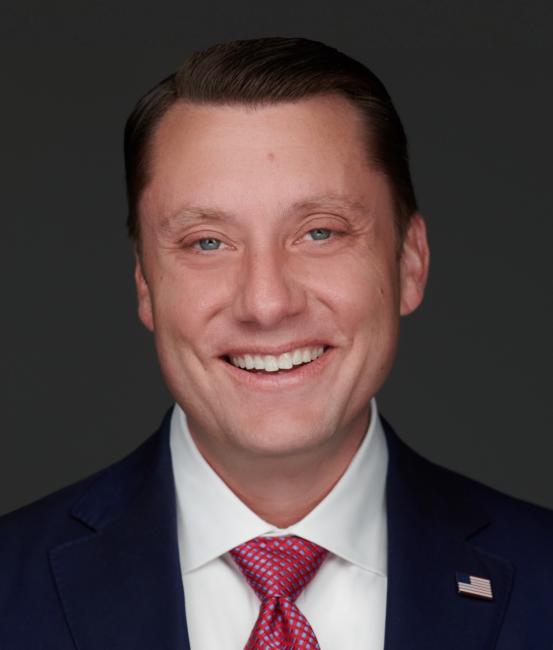Author: Sean Robbins
 I recently spoke at the One Country Rural Progress Summit to discuss the state of rural health care in America. Among the lineup of speakers was my former boss, Dr. John Kitzhaber. As the longest-serving governor of Oregon with experience as a rural ER doctor, John was keenly focused on helping rural Oregonians. I was lucky enough to serve under him as the director of the Oregon Business Development Department.
I recently spoke at the One Country Rural Progress Summit to discuss the state of rural health care in America. Among the lineup of speakers was my former boss, Dr. John Kitzhaber. As the longest-serving governor of Oregon with experience as a rural ER doctor, John was keenly focused on helping rural Oregonians. I was lucky enough to serve under him as the director of the Oregon Business Development Department.
The job took us all over the state and gave us the chance to hear first hand about the issues that mattered most. In particular, I remember a townhall stop in Baker County — a rural district in east Oregon that often went overlooked by Portland-based elected officials. When asked what my department could do for their community, a resident responded, “Sean, we just need you to keep showing up and listening to us.”
They wanted to be seen. Heard. Understood. It was an eye-opening glimpse at how disconnected and overlooked rural communities are often made to feel. But this separation extends to more than just their feelings — it’s undermining their health.
Disparities in rural health
Rural Americans are 2.5- to 7-times more likely to die from the five leading causes of death than their urban counterparts: heart disease, cancer, chronic lower respiratory disease, stroke and unintentional injury. The reasons for these disparities are layered, but one major factor is a lack of access to primary care physicians. The patient-to-physician ratio in rural communities is 34% lower than other parts of the country, with some counties even classified as medical deserts. Without that critical access to primary care, we begin to see disparities emerge across preventive care, early diagnosis and early interventions.
The Blue Cross and Blue Shield system is privileged to insure one in three Americans. As such, we have more than just a stake in the health of rural Americans — but also a commitment to the members and communities we serve, where we have local roots of our own.
Earlier this year we launched a system-wide, multi-year National Health Equity Strategy to improve health disparities across the United States. The work we’re doing to help close care gaps for rural Americans — including the below examples — present an opportunity to scale what’s working, while tailoring solutions to unique, community-specific needs:
-
Blue Cross and Blue Shield of Alabama is piloting urgent care programs in rural hospitals to make care more affordable for members and bring urgent care closer to home. This program turns hospital space into urgent care sites, reducing out-of-pocket costs and providing additional opportunities for rural hospitals to provide local service. They are also investing in the future of their primary care physician network with $11 million in medical scholarships for students agreeing to practice as a primary care or behavioral physician in an underserved area in the state.
-
Premera Blue Cross, serving Washington and Alaska, is helping create a pipeline of nurse practitioners in rural communities. They are investing $4.7 million in the program — the Rural Nursing Health Initiative created by the University of Washington School of Nursing — to support 80 nurse practitioners over a four-year period, improving access and affordability of rural care.
- Blue Cross and Blue Shield of New Mexico (BCBS NM)serves a state whose population is more than 10% indigenous. Yet when COVID-19 hit, Native Americas accounted for more than 30% of cases. To meet the needs of these communities in a culturally supportive way, BCBS NM partnered with government and tribal leaders. In addition to staffing their customer service lines with Navajo translators, they helped secure hotel rooms for infected individuals to quarantine away from their reservations.
While Blue Cross and Blue Shield companies have made great strides in addressing health disparities in our local communities, we don’t pretend to have a silver bullet. It’s going to take everyone coming together — health care, business, government and community leaders — to create a more equitable health care system for all Americans. Together, we are reimagining a future where your health doesn’t depend on the neighborhood in which you live.
Blue Cross and Blue Shield of Alabama, Premera Blue Cross, and Blue Cross and Blue Shield of New Mexico are independent licensees of the Blue Cross Blue Shield Association, an association of independently owned and operated Blue Cross and Blue Shield companies.

